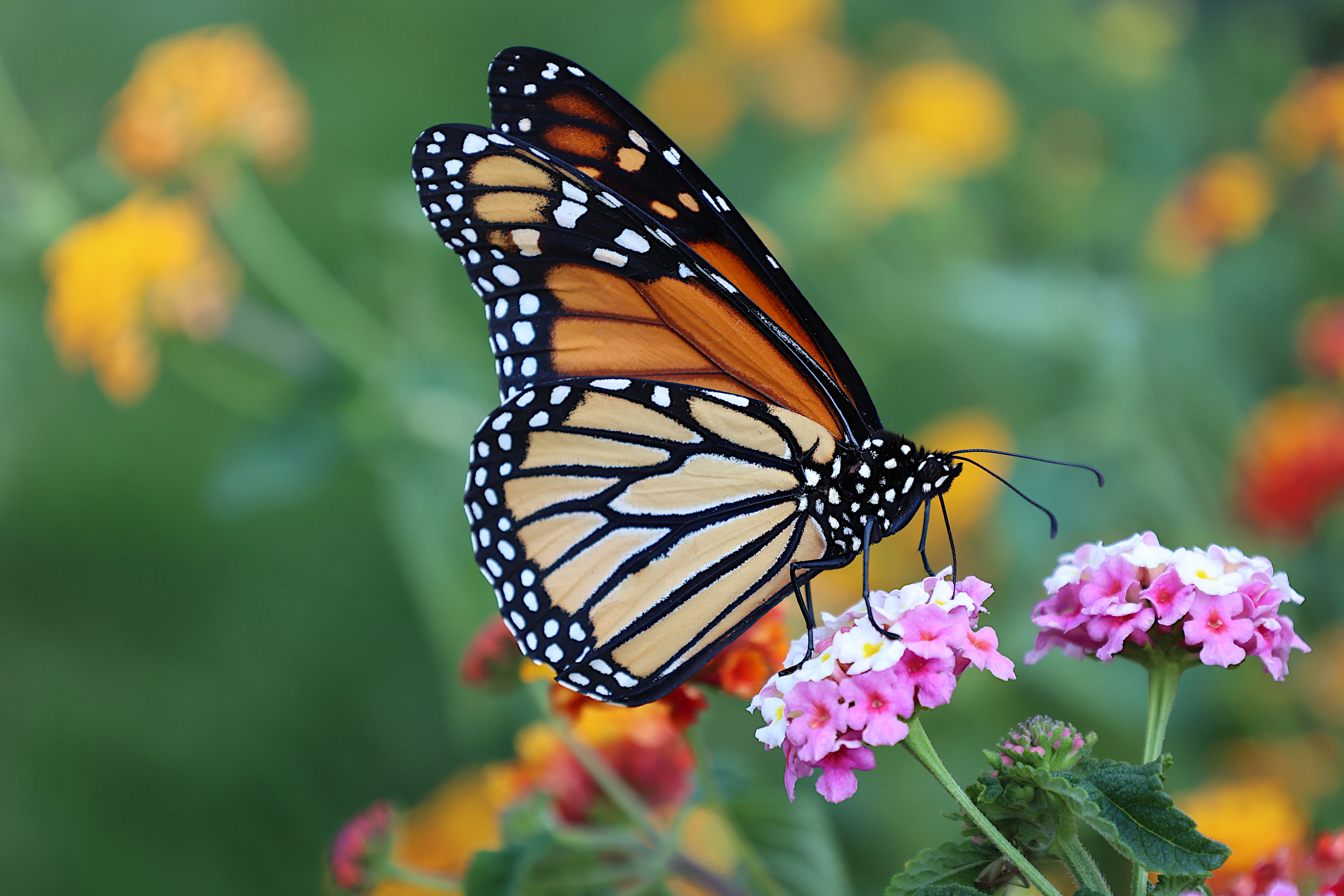
This summer, Hoosier Energy became the first generation and transmission cooperative in the country to receive the U.S. Fish and Wildlife Service’s Certificate of Inclusion (COI) to join the Candidate Conservation Agreement with Assurances (CCAA) for the monarch butterfly.
The butterfly’s migratory path and habitat go through the heart of Hoosier Energy’s service territory. If the monarch were to be listed under the Endangered Species Act, this voluntary agreement assures there will be no conservation requirements beyond those provided for in the CCAA.
The International Union for Conservation of Nature added the migratory monarch butterfly to its Red List of Threatened Species as endangered in late July. However, that list is not related to the U.S. Endangered Species Act and the U.S. Fish and Wildlife Service has not yet listed the butterfly as endangered. But the decision to list the monarch as threatened or endangered could come as early as the 2024 fiscal year.
“With the certificate of inclusion, we will know what to expect,” said Dave Appel, Hoosier Energy’s environmental team lead. “Even if the monarch is listed, we will not be subject to any greater regulation than what the COI requires.”
Hoosier Energy joins East Central Energy, a distribution cooperative in Braham, Minnesota, as the only two electric co-ops to enroll in the CCAA so far.
The certification process of nearly two years requires investment in significant conservation activities and support from the board and management, but Hoosier Energy sees the effort as worthwhile.
Enrollment in the CCAA “validates what we have done and gives us confidence moving forward,” Appel said. “But the greatest benefit is regulatory certainty.”
The CCAA also recognized Hoosier Energy’s integrated vegetation management methods. Herbicide is applied only to woody-stemmed plants that pose the greatest risk of interrupting electrical service in rights of way. That allows for minimal disturbance to the monarch habitat.
“Most of the conservation measures in our agreement are things that we were already doing, so it wasn’t a big shift for us to meet the requirements of the CCAA,” said Jared Murphy, vegetation management coordinator at Hoosier Energy.
The monarch butterfly’s migratory corridor ranges from Texas through the Midwest and into Canada, and concern has grown for the future of the species due to its steadily decreasing population.



